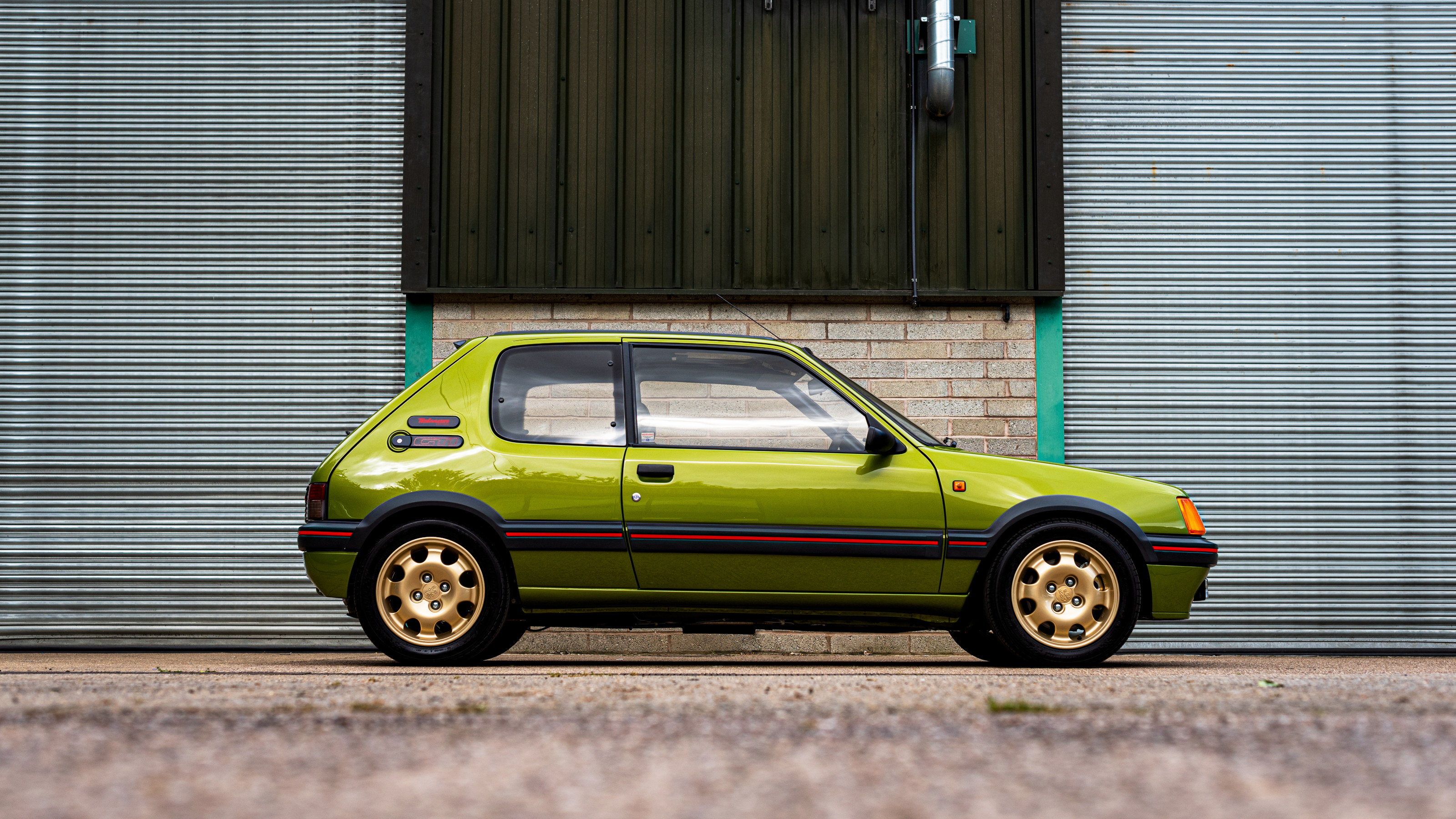
The Peugeot 205 is a design that endures, even if the actual cars themselves are becoming scarcer as time marches on – 5.3 million were built between 1983 and 1999. The most enduring 205 of all is the 205 GTI, a two-door performance variant shaped in-house by Peugeot’s head of design Gerard Welter and his team. Around 333,000 GTIs were built. Highly praised at the time of its introduction in 1984, the model is now seriously sought-after but examples are frequently fragile and in poor shape.
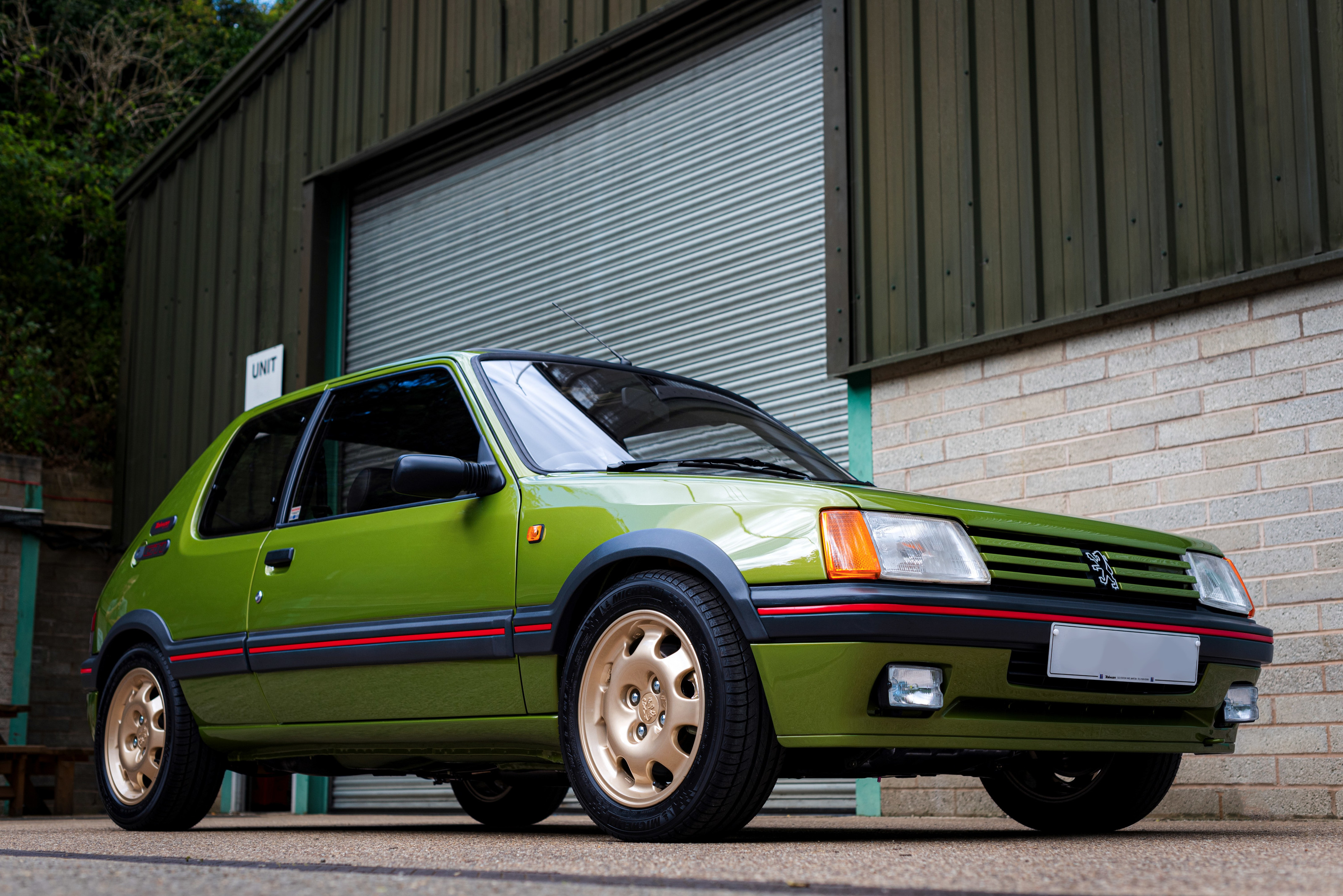
Peugeot’s GTI represented the apex of the ‘hot hatch’ trend of the 1980s and early 1990s, which saw souped-up versions of cars originally designed to provide dependable, accessible family transport. From 1975 and the advent of the Volkswagen Golf – generally considered the first of its kind, which is to say a new genre of small to medium-sized, three-door, cost-effective car with a mid-sized engine – carmakers quickly saw a way of reaching boy racers too, often by producing a rally version, to give a new car credibility, and then following that with a ridiculously fast production model.
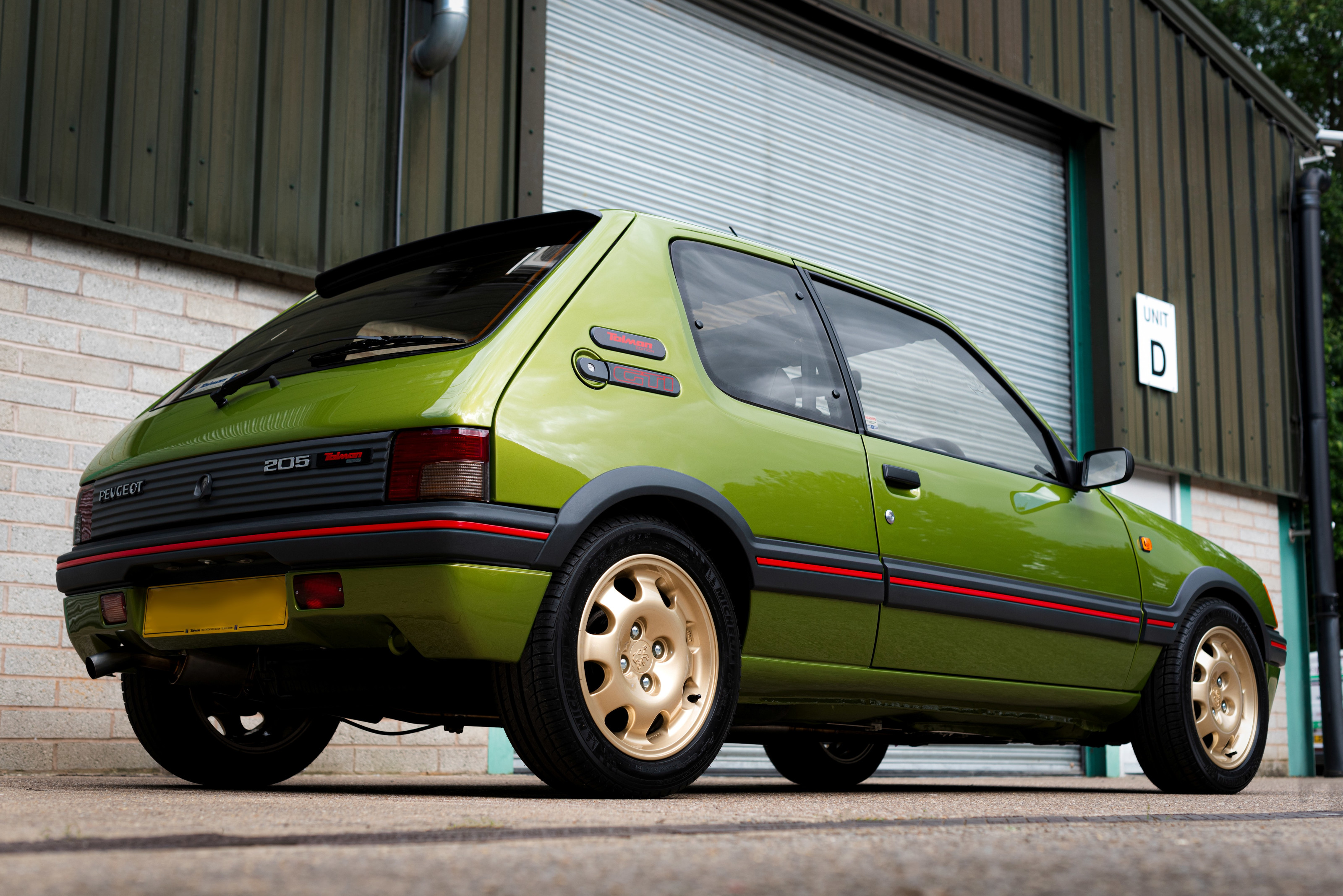
VW produced its first Golf GTI in 1976 and many others followed – with subsequent genre highlights including the Renault Clio Williams, Ford Focus RS, Renault 5 GT Turbo and, arguably best of all, the small and light Peugeot 205 GTI, which was launched 40 years ago this year.

Time has been especially kind to the GTI’s clean, beautifully proportioned design. ‘Even at the time the 205 GTI was recognised as being leaps ahead of the other hot hatches of the period, in terms of its dynamic suspecting and its weight to power ratio, hence its success in rallying,’ enthuses Chris Tolman, founder of Rugby, UK-based restoration company Tolman Motorsports. ‘But it was also ahead in the way it looked. It looked right then – just before new industry safety regulations came in, meaning that most cars started to look the same – and it looks right now.’
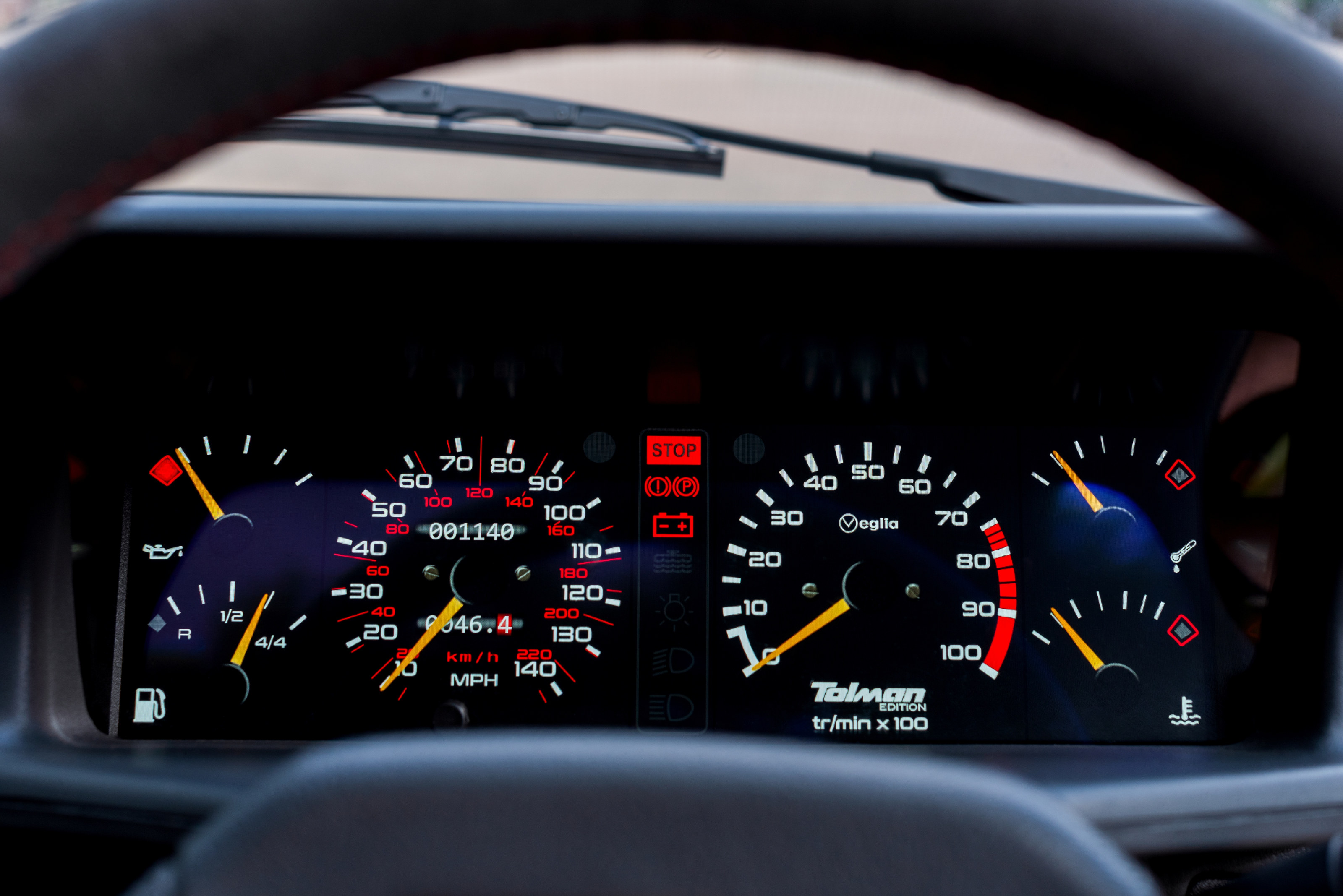
Not considered potential future classics, most were driven until they dropped, leaving behind in their wake a deep nostalgia that still resonates among 50-something former owners and fans decades later. It’s to this market that Tolman’s new restomod version of the 205 GTI likely most appeals, not least because its £125,000 price tag and its limited appeal as a family car in 2024. That price puts its firmly in the ‘luxury toy’ bracket.
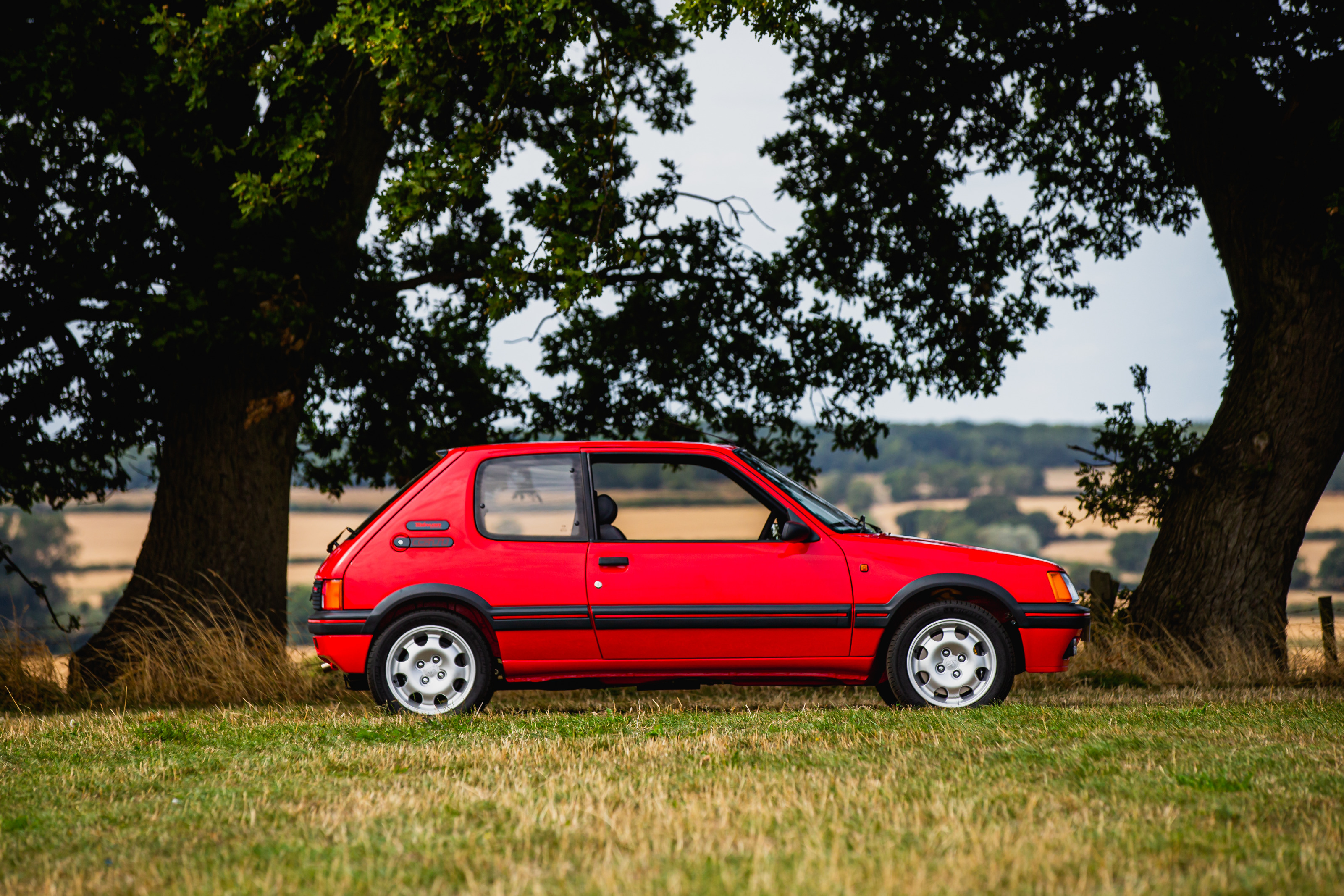
Under the skin, the changes are extensive. Tolman has swapped out the original engine for an adapted 4-cylinder, 16-valve powertrain from the later (and larger) 306 GTi-6. This provides 72 more horsepower than the original car, and there are also uprated brakes, suspension and other bespoke parts to cope with the 200bhp output. It’s swifter as a result, with more torque and top speed of 140mph.
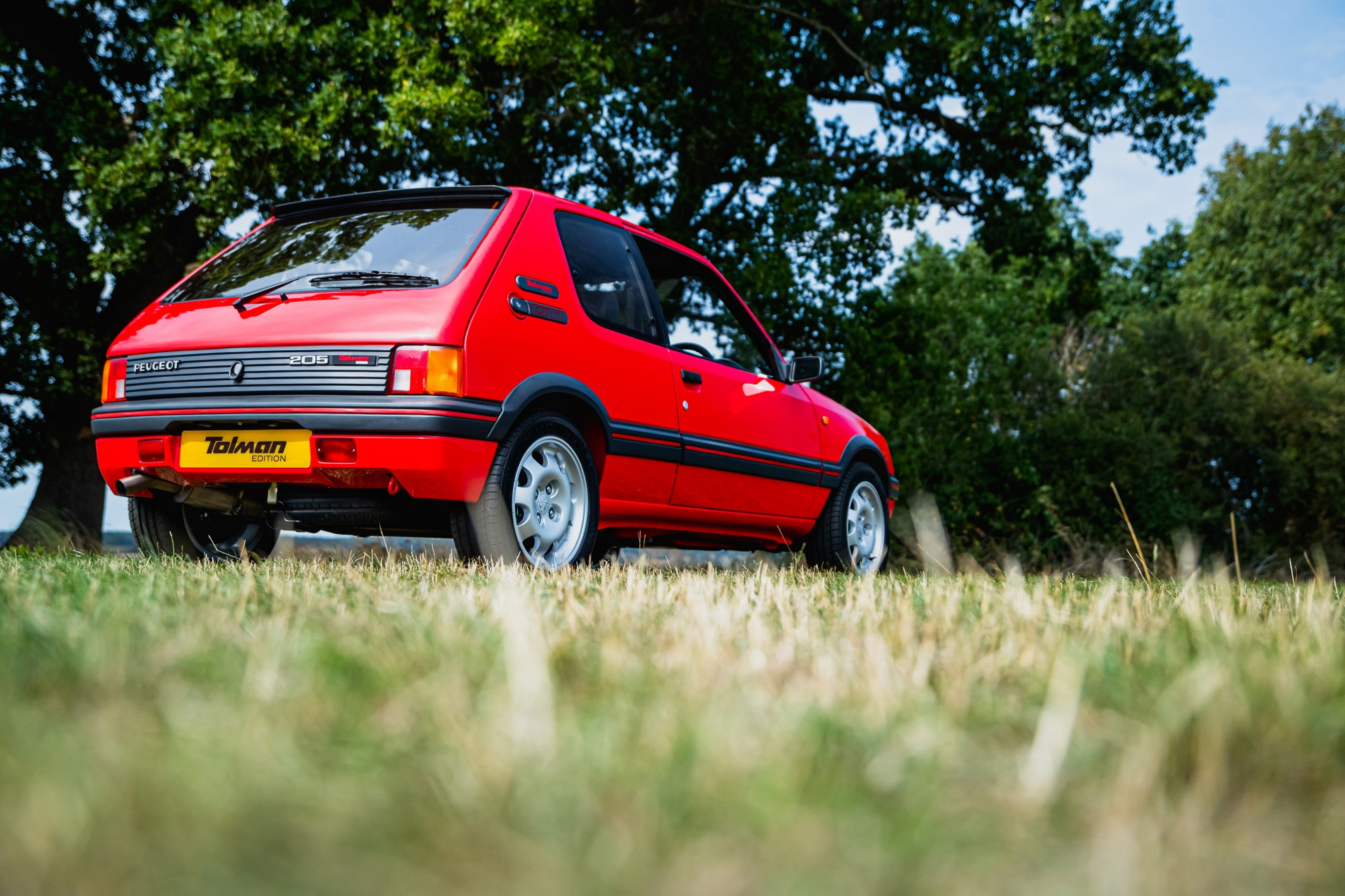
But otherwise – and importantly so, argues Tolman – it looks much like the original hot hatch of 1984. It’s a complete, respectful rebuild but with better paintwork, a modern audio system and a cleverly styled digital dashboard that mimics the original analogue dials with added functionality and subtle Tolman badging.
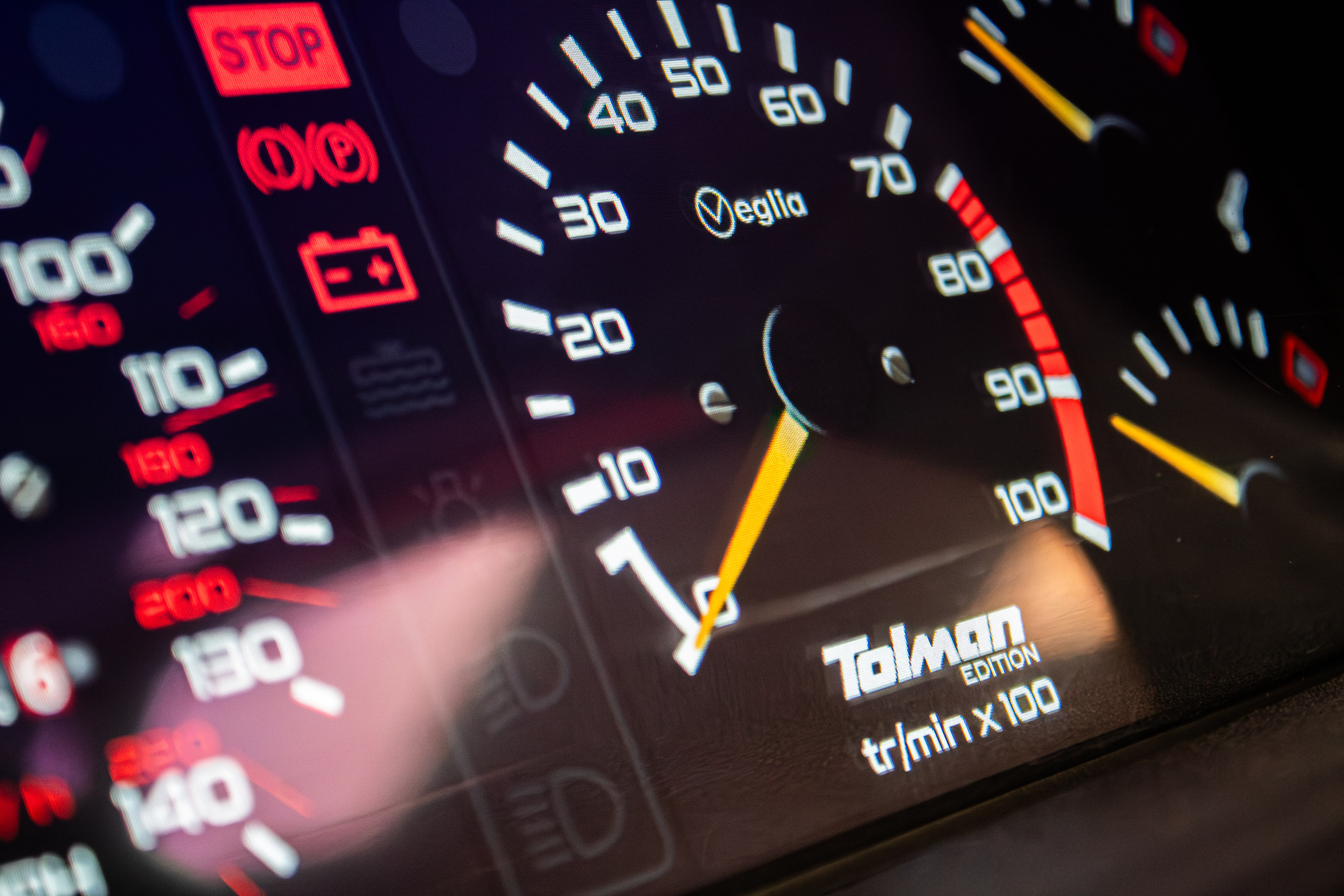
Only 25 examples of the Tolman edition 205 GTI will be built, with ten having been sold to date. ‘We’re not trying to radically change the original, because that’s what people remember and love,’ says Tolman, ‘but even if our version is better [it compensates for the fact that] many people remember the original as being better than it actually was.’
Prices have risen hugely on all-original cars, if you can find one, but the Tolman edition is in another league. ‘I was 21 when I got my first 205 GTI and most of the customers for the Tolman edition had one too,’ Tolman says. ‘That said, younger clients just see it as a very cool car.’
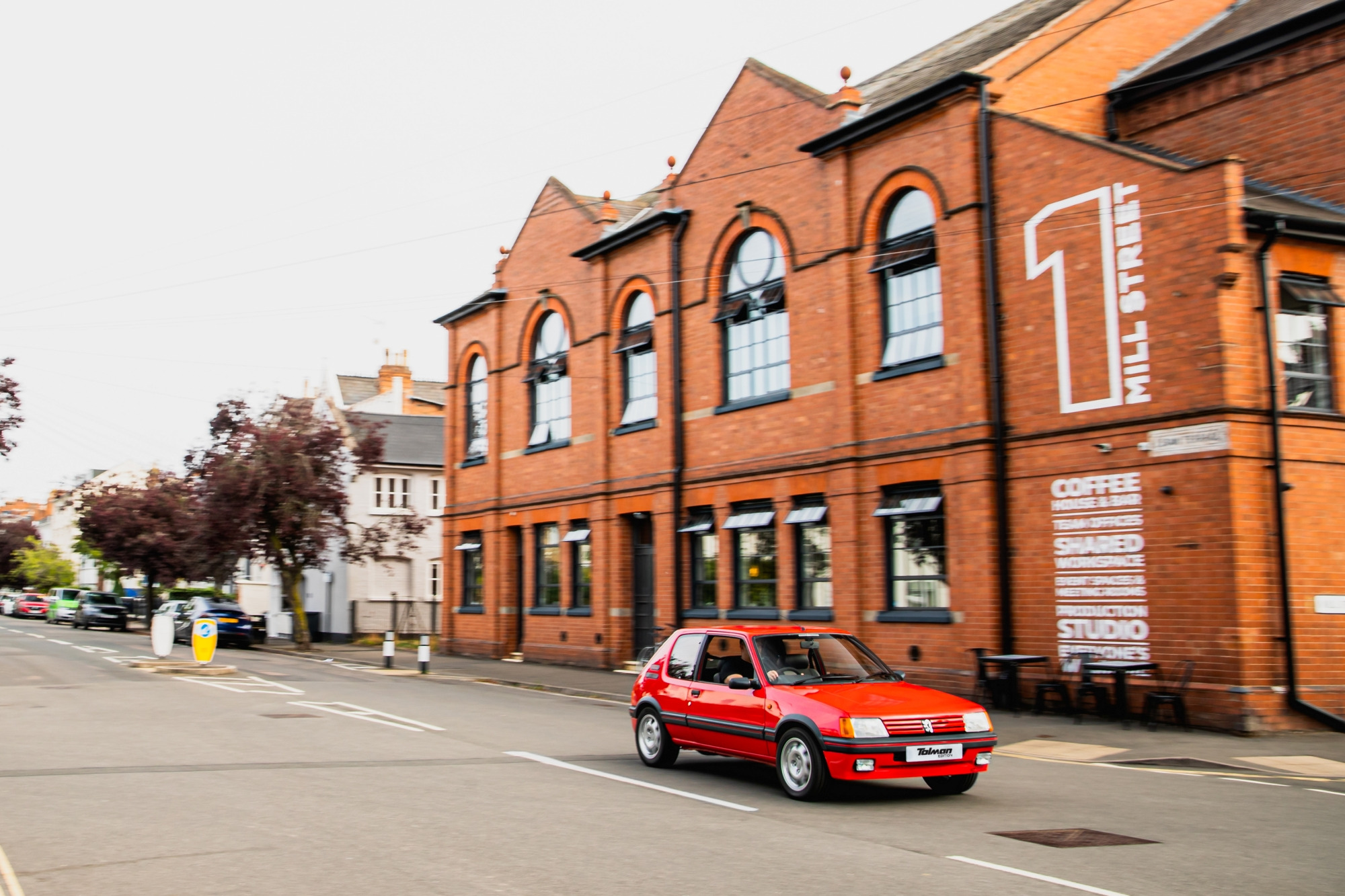
Peugeot 205 GTI by Tolman Engineering, from £125,000, TolmanEngineering.co.uk, @TolmanEngineering







